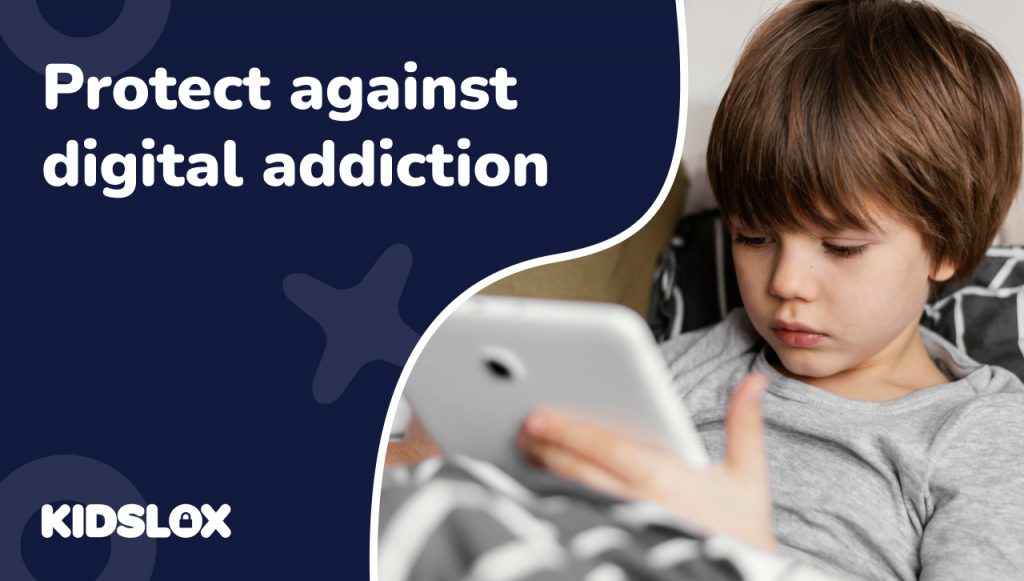Drowning in digital dopamine? How to foster a healthier relationship with technology
In today’s rapidly evolving digital age, technology has become an integral part of our daily lives. From smartphones to social media platforms, we are constantly connected to a virtual world that offers endless opportunities for communication, entertainment, and information. However, the ubiquitous presence of our devices also brings along its share of challenges, one of the most pressing being the issue of technology addiction.
Defining Technology Addiction
Technology addiction, also known as digital addiction, refers to the compulsive and excessive use of digital devices and online platforms, leading to negative consequences on an individual’s physical, psychological, and social well-being. Digital addiction can manifest in several ways, depending on the type of digital activity individuals engage in excessively. Some common forms of digital addiction include:
- Social Media Addiction: Obsessive use of social networking platforms such as Facebook, Instagram, Twitter, and Snapchat, often driven by a desire for validation, social connection, or fear of missing out (FOMO).
- Gaming Addiction: Compulsive playing of video games, whether on console, PC, or mobile devices, leading to neglect of responsibilities, withdrawal from real-life activities, and adverse effects on mental and physical health.
- Internet Addiction: Excessive use of the internet for various purposes, including web browsing, streaming media, online shopping, gambling, or pornography consumption, resulting in time distortion, isolation, and negative consequences on personal relationships and productivity.
Are Digital Addictions drowning us in dopamine?
The causes of digital and technology addictions go deeper than sticky social media algorithms. Personal, mental and environmental factors can all play a role in developing an overreliance on technological devices.
Psychological Factors:
People suffering from existing mental health conditions or stresses, including anxiety and depression, may be more susceptible to digital addiction as a coping mechanism or means of escapism. This can lead to a spiral of continuous technology use that makes a person feel more anxious and, in turn, more reliant on their devices.
Social Influences:
Peer pressure and cultural expectations can influence individuals’ digital behaviors, leading to the adoption of addictive patterns, such as excessive social media use to fit in or maintain social connections.
Environmental Triggers:
Access to digital devices and the internet, coupled with the omnipresence of technology in modern society, makes technology addiction an easy trap to fall into. Factors such as accessibility, unlimited content sources, gamification techniques and powerful algorithms can fuel addictive behaviors and reinforce compulsive usage patterns.
What are some of the effects of digital addiction?
Spending too much time using technology has a holistic impact on a person’s health and wellbeing, having an effect on mind and body.
Physical Effects
Digital addiction can have significant consequences on an individual’s physical health, as prolonged and sedentary screen time (especially when combined with poor lifestyle habits) can impact the body in a number of ways:
- Eye Strain: Extended periods of staring at digital screens can lead to eye strain, dry eyes, blurred vision, and headaches, collectively known as computer vision syndrome (CVS).
- Sleep Disorders: Excessive exposure to blue light emitted by digital screens, particularly before bedtime, can disrupt the body’s natural sleep-wake cycle, leading to insomnia, poor sleep quality, and daytime fatigue.
- Posture Problems: Prolonged sitting and improper ergonomic setups while using digital devices can contribute to musculoskeletal issues, such as neck pain, back pain, and repetitive strain injuries (RSIs).
Psychological Effects
The psychological impact of digital addiction extends beyond physical discomfort, affecting individuals’ mental well-being and even their cognitive functioning.
- Anxiety and Depression: Excessive use of social media and digital devices has been linked to heightened levels of stress, anxiety, and depression, stemming from comparison with others, cyberbullying, and feelings of inadequacy.
- Problems with attention: Constant exposure to digital stimuli, such as notifications, alerts, and multitasking across multiple screens, can impair attention span, concentration, and cognitive performance. Researchers have found that children who spend more time than peers in front of screens are more likely to display behaviors that meet diagnostic criteria for ADHD.
Social Effects
Digital addiction can also take a toll on individuals’ relationships and overall social well-being.
- Relationship Strain: Excessive digital usage can disrupt relationships, leading to conflicts with family members, friends, and romantic partners, as individuals prioritize online interactions over face-to-face communication and quality time spent together.
- Social Isolation: Paradoxically, while digital technology offers opportunities for connectivity, prolonged digital addiction can result in social withdrawal, loneliness, and feelings of isolation, as individuals become increasingly absorbed in virtual interactions at the expense of real-life social connections.
- Decreased Productivity: Digital addiction often leads to procrastination, distraction, and diminished productivity in academic, professional, and personal pursuits, as individuals struggle to manage their digital usage and maintain focus on important tasks.
Recognizing Digital Addiction
Recognizing the signs of digital addiction is essential for early intervention and treatment. While the manifestation of digital addiction may vary depending on the type of activity involved, there are common symptoms and behavioral patterns to watch out for:
- Excessive preoccupation with digital devices and online activities, often at the expense of other responsibilities and interests.
- Inability to control or limit digital usage, despite awareness of its negative consequences on physical health, mental well-being, or social relationships.
- Withdrawal symptoms, such as irritability, anxiety, or restlessness when unable to access digital devices or internet connectivity.
- Neglect of personal hygiene, sleep, or nutrition due to prolonged digital engagement.
Emotional and Psychological Indicators:
- Mood swings, depression, or feelings of emptiness or dissatisfaction when not engaging in digital activities.
- Distorted perception of reality, as individuals prioritize virtual interactions and online personas over real-life experiences and relationships.
Digital Addiction Tests – what’s out there?
There are a number of online tools and questionnaires you can take to find out your – or a loved one’s level of reliance on technology. These tests typically evaluate various aspects of digital usage, including frequency, duration, motivations, and perceived impact on daily life. It’s important to remember that these are not diagnostic tools and if you, or someone you care about, is showing signs of addiction, speaking with a professional is always recommended.
Assessing Personal Usage Patterns:
- Keep track of the amount of time spent on digital devices and online activities each day, including specific platforms and applications.
- Reflect on the motivations behind digital usage, such as social connection, entertainment, information seeking, or escapism.
- Evaluate the consequences of digital addiction on physical health, mental well-being, academic or professional performance, and interpersonal relationships.
Addressing Digital Addiction: How to help yourself or others
There are a number of professional approaches to tackling digital addiction. Most will encourage a holistic approach, where therapeutic, lifestyle and environmental changes are made to tackle the issue.
- Cognitive-Behavioral Therapy (CBT): CBT techniques can help individuals identify and challenge maladaptive thoughts and behaviors associated with digital addiction, develop coping strategies for managing triggers and cravings, and improve self-regulation skills.
- 12-Step Programs: Support groups such as Internet and Technology Addicts Anonymous (ITAA) provide individuals struggling with digital addiction a supportive environment to share their experiences, receive encouragement from peers, and work towards recovery through a structured step-by-step program.
- Digital Detox: Implementing periodic digital detoxes or screen-free days can help individuals reset their relationship with technology, reduce dependency on digital devices, and rediscover offline activities and hobbies.
- Setting Boundaries: Establishing clear boundaries around digital usage, such as designated screen-free times or zones, can help individuals regain control over their digital habits and prioritize real-life interactions and activities. Kidslox can help your family get on track with this.





